Animals
-
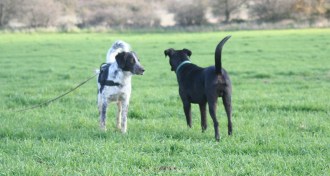 Animals
AnimalsWag the dog: When left vs. right matters
Most of us see a wagging dog’s tail and automatically think it’s a good sign. But are some wags more friendly than others? A new study says yes.
-
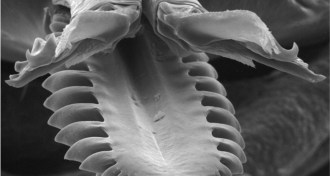 Animals
AnimalsHow ticks get under your skin
A close look at a tick’s mouthparts reveals enviable burrowing tools.
-
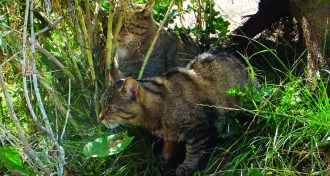 Animals
AnimalsThe daemon cat that never was
Buried in a volume published in 1904 is a description of a new species of cat found in Transcaucasia: Felis daemon, the Black Wild Cat.
-
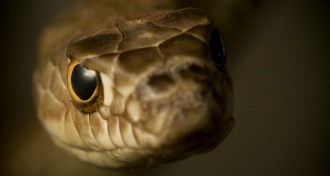 Animals
AnimalsMaking a snake spectacle
Snakes have a thin layer over their eyes filled with blood vessels. A scientist has shown how snakes control those blood vessels to help them see.
-
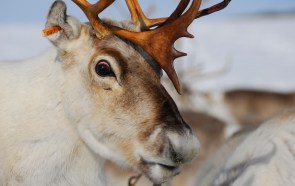 Animals
AnimalsReindeer eyes change color in winter darkness
One part of an Arctic reindeer’s eyes changes color in winter and increases the sensitivity of the animal’s vision.
-
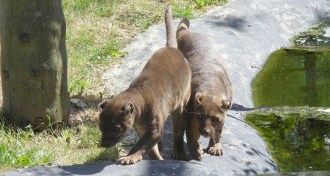 Animals
AnimalsThe bromance of the fossas
Male fossas, mammal carnivores native to Madagascar, hang out with other males to boost their hunting and mating success.
-
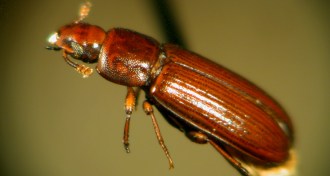 Animals
AnimalsDon’t mount so fast! That bug could be a boy
Many insect males show same-sex mating behavior. What’s the cause? What’s the benefit? Is it real? Or are the bugs just in too much of a rush to stop?
-
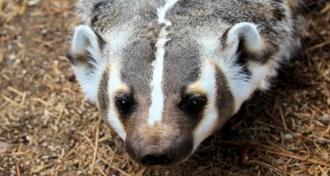 Animals
AnimalsMaybe Britain shouldn’t kill its badgers
A study on badger social networks shows that isolated badgers are the ones that most often carry TB and cause infections among — but not within — groups.
-
 Animals
AnimalsCommon pesticides change odds in ant fights
Species’ combat success can rise or fall after repeated exposure to a common neonicotinoid insecticide.
By Susan Milius -
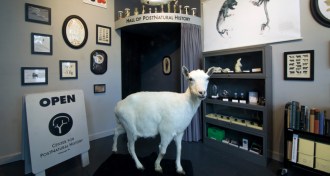 Science & Society
Science & SocietyHumans’ living creations put on display
The Center for PostNatural History, a museum that opened in 2012, features Freckles and other organisms altered by humans.
-
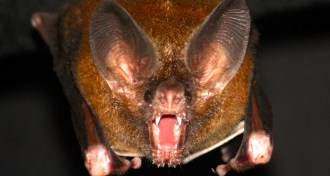 Animals
AnimalsFrog-eating bats trust self first when hunting
The mammals listen to cues from fellow bats when their own resources fail.
By Science News -
 Genetics
GeneticsDog clone genome nearly identical to donor DNA
The genetic material of Snuppy and of his donor, Tai, is nearly identical.